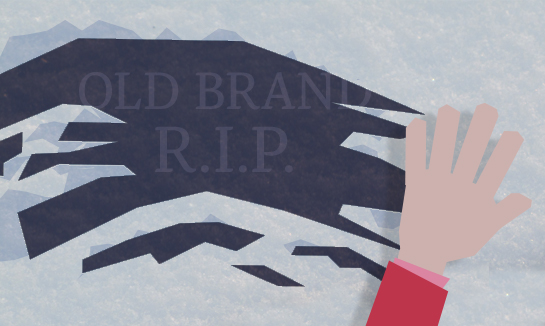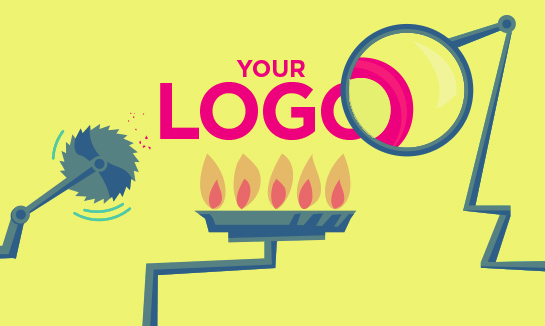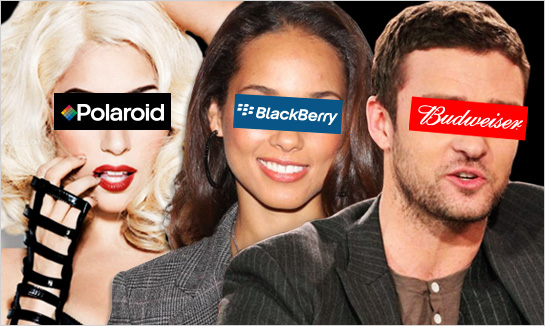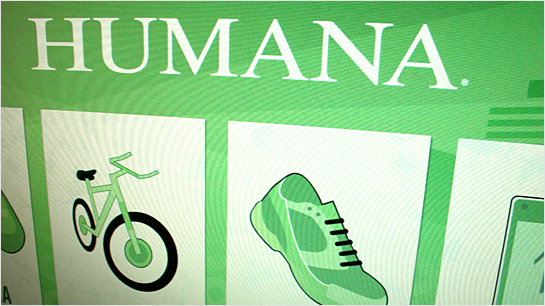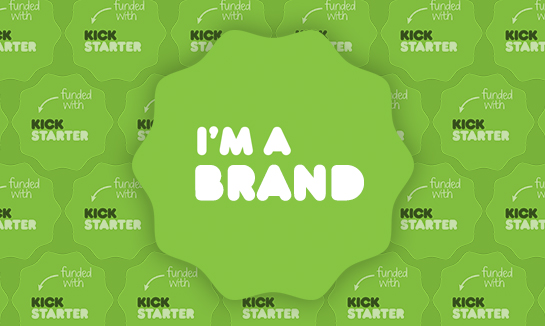
In the design and creativity sphere, it seems like the name Kickstarter is on everyone’s lips these days. Sure, the popular crowdfunding platform has grabbed headlines while giving us a varied cornucopia of things like cardboard furniture, iPod watches, and movies based on cancelled TV shows, but there’s more to it than that. Whether you’ve backed a project, launched one, or just observed the furious sprint-to-funding that can ensue, there’s no denying that this Kickstarter style of funding has irrevocably changed product creation, financial models, and maybe even “e-commerce” itself.
And even beyond those achievements, the platform has also affected brands. Kickstarter has altered the exchange between people and the companies or products they support — which has important implications for brands looking to connect with their audiences. The unique type of relationship created by crowdfunding is powerful, and it’s important to know that effective, emotional audience engagement has grown beyond our old transactional models.
